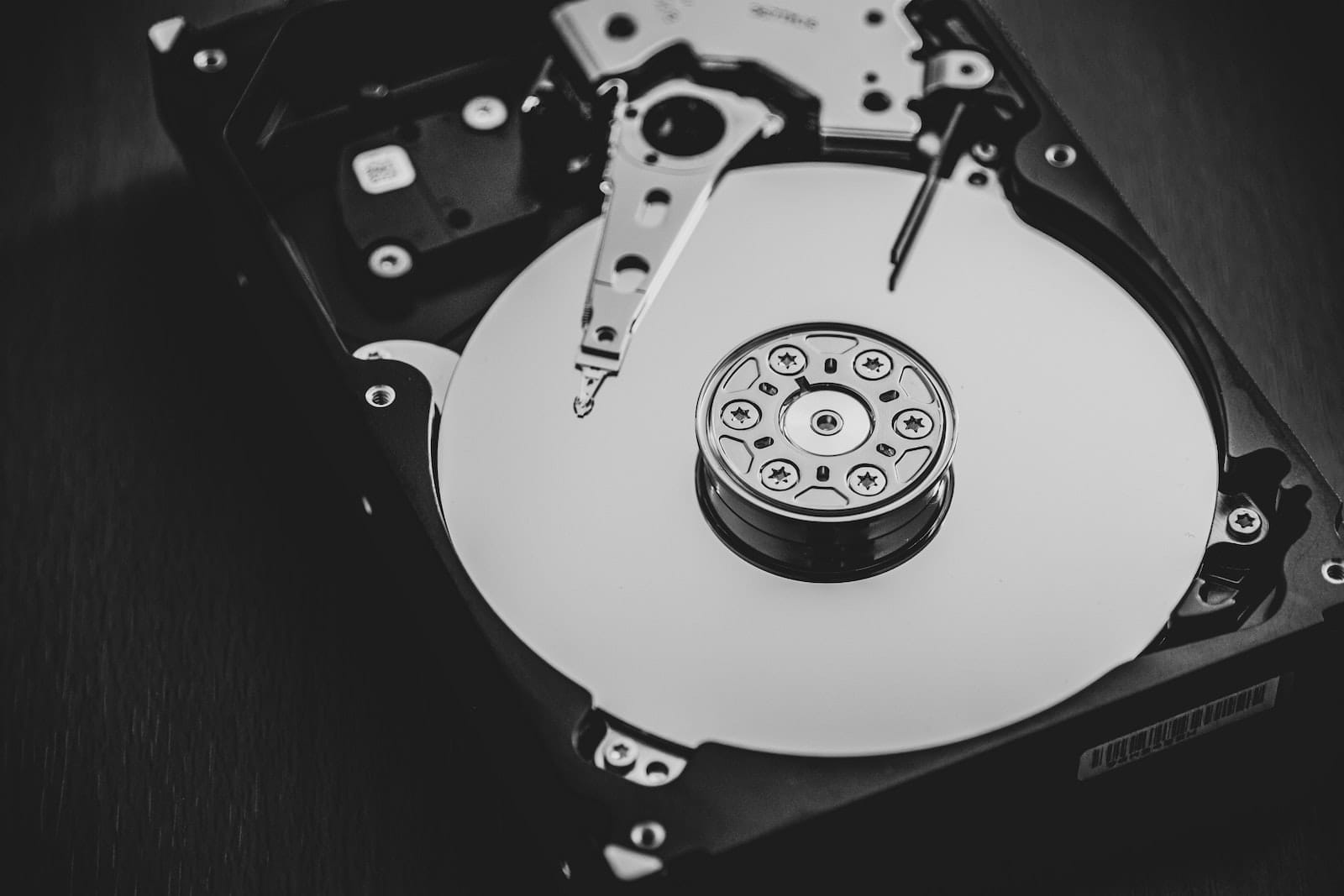Seagate has made a significant impact in the storage industry with the introduction of a unique prototype: a hard disk drive (HDD) that integrates PCIe interface and NVMe protocol for the first time, technologies that have been reserved exclusively for solid-state drives (SSDs). This innovation promises to change the data storage landscape, especially at a time when the growth of artificial intelligence and massive workloads demand increasingly powerful and efficient solutions.
Traditionally, HDDs have been the ideal solution for low-cost mass storage, though with limited speeds due to their reliance on interfaces like SATA or SAS. On the other hand, SSDs, thanks to PCIe and NVMe interfaces, have stood out for their speed, albeit at a considerably higher price and with lower capacity compared to HDDs. Seagate’s proposal eliminates that dilemma by combining the massive capacity of traditional hard drives with the speed and flexibility of NVMe.
A unified architecture that eliminates bottlenecks
As Seagate explains, these NVMe hard drives eliminate the need for additional HBA physical adapters or protocol bridges. This allows for direct integration with host systems, reducing complexities and, above all, latency in critical processes.
“Unlike SAS/SATA-based hard drives, NVMe hard drives eliminate the need for HBA, protocol bridges, and additional SAS infrastructure, optimizing AI storage. These drives allow for seamless workload scaling, combining high-density storage with high-speed SSD cache in a unified NVMe architecture,” Seagate emphasizes in its official statement.
Initial tests have shown surprising results. The combination of NVMe hard drives with NVMe SSDs, alongside NVIDIA BlueField data processing units (DPUs) and the AIStore software, has achieved speeds and efficiency that were previously unthinkable for an HDD.
Clear advantages for artificial intelligence and large data volumes
The development of artificial intelligence models like ChatGPT, Gemini, or Copilot requires processing and storing enormous amounts of data. Until now, companies have been forced to turn to SSD solutions to speed up operations, increasing their infrastructure costs. Seagate’s proposal allows for maintaining massive capacity while reducing costs without sacrificing competitive performance.
According to figures reported by TomsHardware, the collaboration of NVMe with PCIe can reach transfer rates of up to 128 GB/s, compared to the 6-12 Gbps offered by SAS or SATA interfaces. This difference could represent a turning point in how big data, AI projects, or massive storage servers operate.
Successful tests in real-world environments
Seagate has confirmed that its proof-of-concept tests have been successful. Internal tests conducted at its centers have validated the new HDD’s ability to support large-scale storage, with real-time processing and reliable long-term data retention.
One key to success lies in the DPUs’ ability to enable direct GPU access to stored content, thereby avoiding bottlenecks in the CPU. This advancement not only enhances overall performance but also paves the way for more sustainable and efficient systems.
A quiet revolution in the industry
While most technological developments focus on advancing SSDs, Seagate is betting on revitalizing the HDD with a disruptive proposal that could spark a revolution. The unified architecture with NVMe and PCIe not only promises significantly higher speeds but also greater scalability to meet the rise of artificial intelligence and the storage needs it entails.
This move positions Seagate at the forefront of the industry, anticipating a future where capacity and performance are no longer mutually exclusive, and where mass storage can be integrated into high-performance architectures without prohibitive costs. The tech industry is closely watching this advancement, which could transform how companies and data centers manage their resources.
Source: computer hoy

